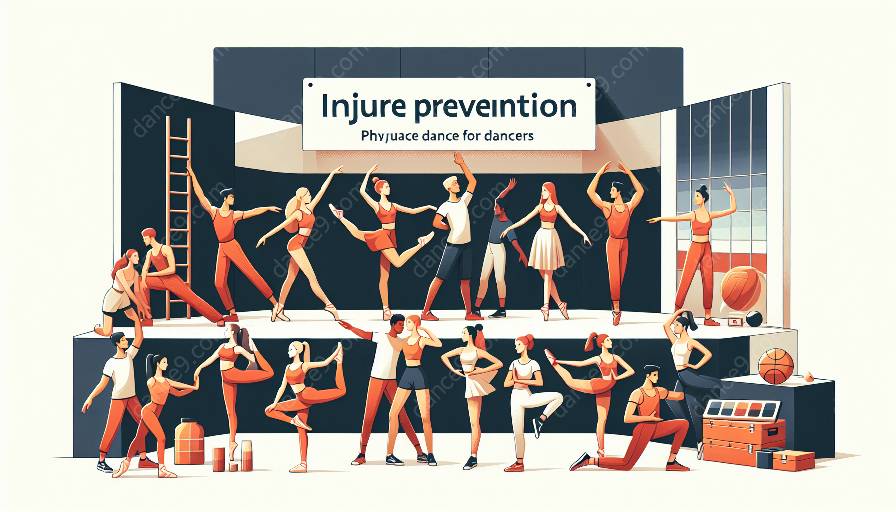Dance is an incredibly diverse and physically demanding art form, with each style requiring specific techniques and movements. This diversity also means that different dance styles come with their own set of injury risks. In order to keep dancers healthy and pain-free, it's crucial to understand the injury prevention techniques that are specific to each dance style.
The Importance of Injury Prevention for Dancers
Before delving into the specific injury prevention techniques for different dance styles, it's essential to understand the broader importance of injury prevention for dancers. Dance is a highly physically demanding activity that puts immense strain on the body, especially when practiced at a professional level. Injuries not only cause immediate pain and discomfort, but they can also have long-term repercussions on a dancer's career and overall well-being. Therefore, injury prevention is fundamental to ensuring the longevity of a dancer's career and preserving their physical and mental health.
Understanding the Physical and Mental Health of Dancers
The physical and mental health of dancers are inseparable from their ability to perform and excel in their art. Physically, dancers need to have excellent flexibility, strength, and stamina to execute complex movements and routines. Mentally, dancers often face immense pressure to meet high-performance standards, which can lead to stress, anxiety, and other mental health challenges. Thus, it's vital to approach injury prevention in dance with a holistic view that encompasses both physical and mental well-being.
Injury Prevention Techniques for Specific Dance Styles
Below, we will explore injury prevention techniques tailored to specific dance styles, shedding light on the unique movements and challenges associated with each style, as well as the preventive measures that can be taken to reduce the risk of injuries.
Ballet
Ballet is renowned for its grace, precision, and fluidity. However, the demands of ballet put dancers at risk for foot and ankle injuries, as well as musculoskeletal strains due to the extreme range of motion required. To prevent these injuries, ballet dancers often focus on:
- Developing strong core muscles to support the spine and maintain proper posture
- Improving ankle stability and strength through specific exercises and movements
- Enhancing foot and ankle flexibility to withstand the demands of pointe work
Tap Dance
In tap dance, the repetitive nature of footwork can lead to lower extremity injuries, such as shin splints and stress fractures. To mitigate these risks, tap dancers often prioritize:
- Gradually increasing the intensity and duration of practice to build endurance and prevent overuse injuries
- Using proper footwear that provides cushioning and support to reduce impact on the lower extremities
- Incorporating cross-training exercises to strengthen the muscles supporting the ankles, knees, and hips
Contemporary Dance
Contemporary dance is known for its diverse movements, including floor work and sudden changes in direction. This style carries a risk of injury to the spine, shoulders, and knees. To prevent these injuries, contemporary dancers often focus on:
- Improving spinal mobility and stability through targeted exercises and stretching routines
- Strengthening the muscles that support the shoulders and knees to withstand the demands of lifts and jumps
- Practicing proper alignment and body mechanics to reduce the risk of overuse injuries
Conclusion
By understanding the specific injury risks associated with different dance styles and implementing targeted injury prevention techniques, dancers can minimize the likelihood of sustaining injuries and maximize their potential for long and prosperous careers. Prioritizing the physical and mental health of dancers through injury prevention not only ensures their well-being but also contributes to the preservation and evolution of the art of dance.


































